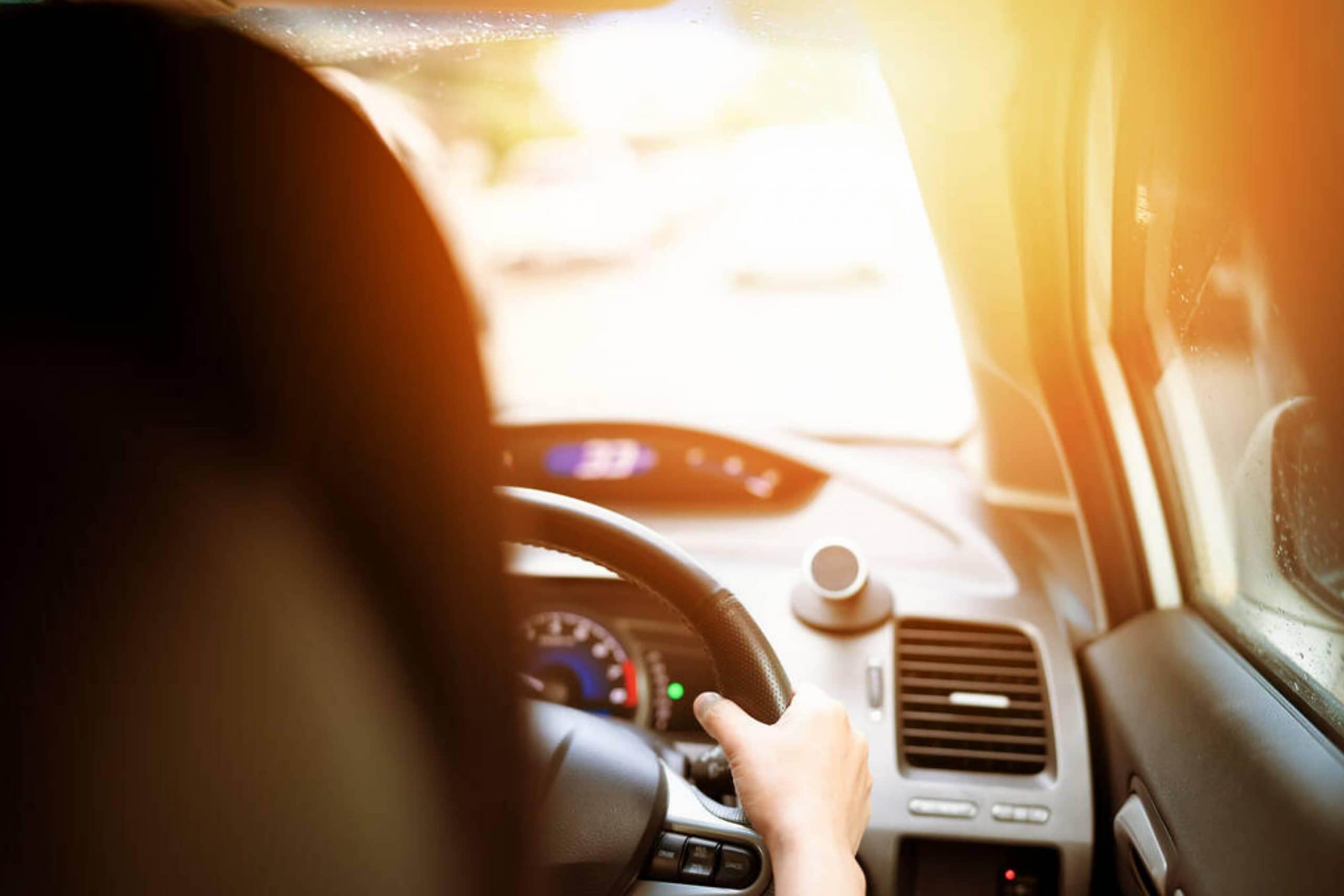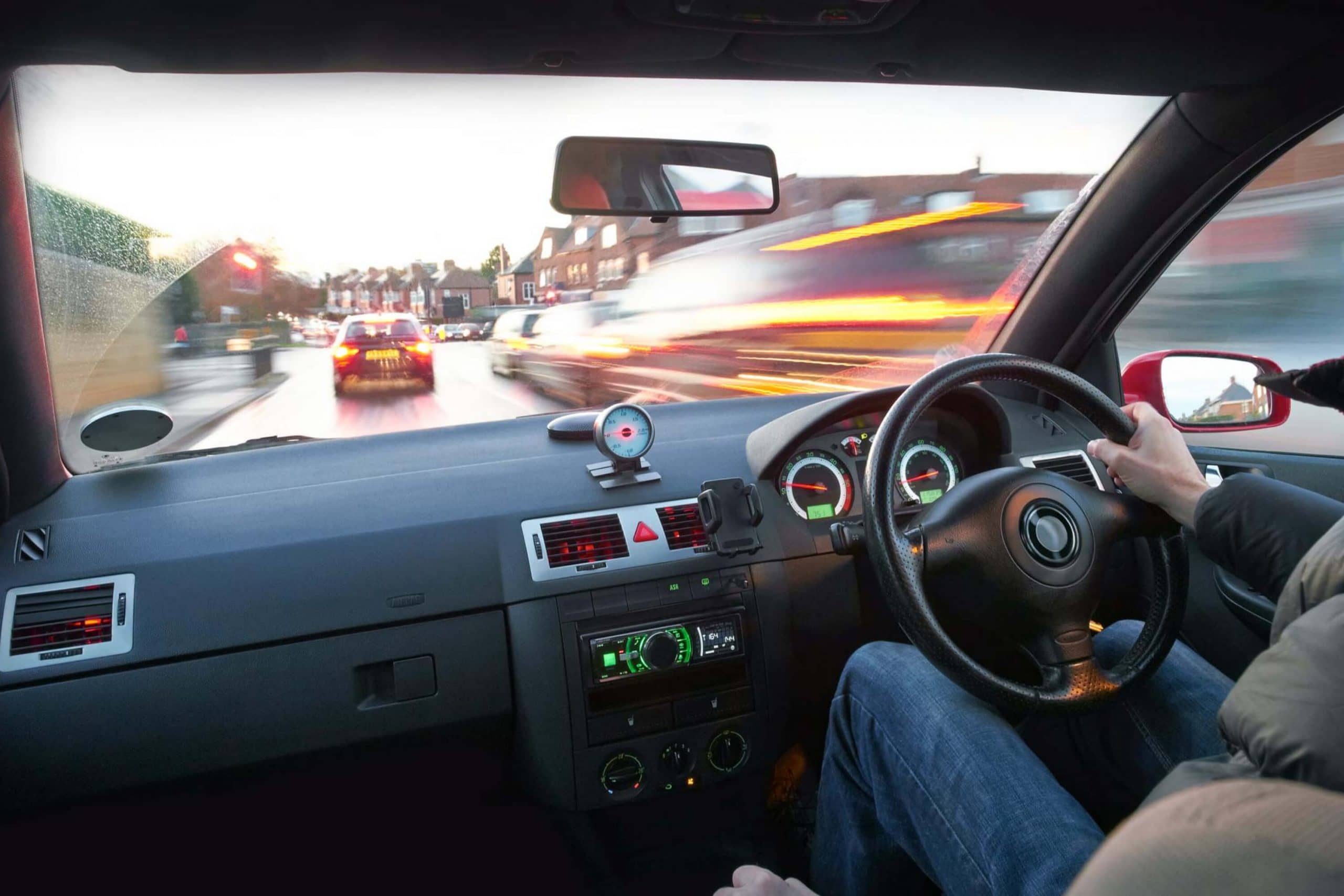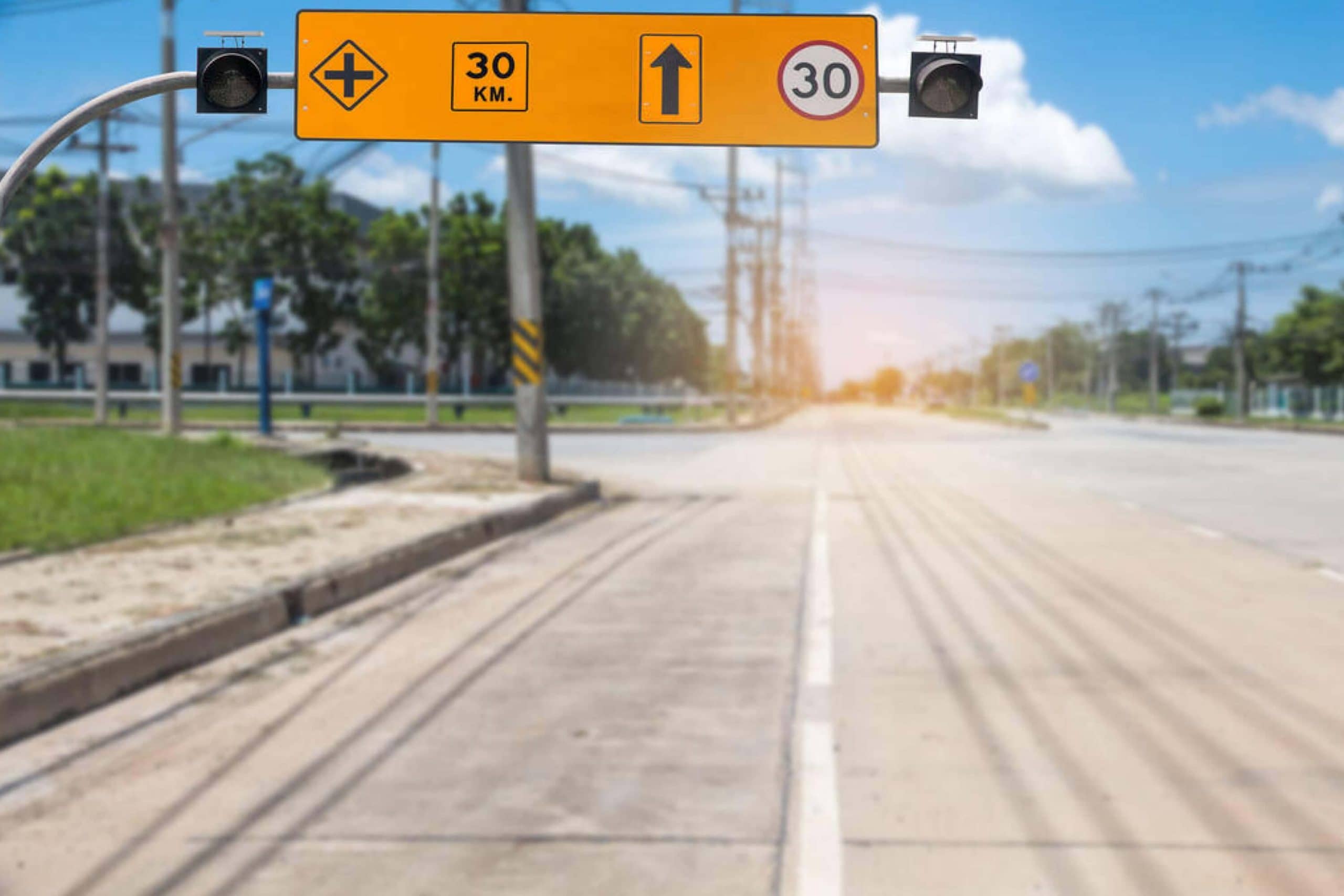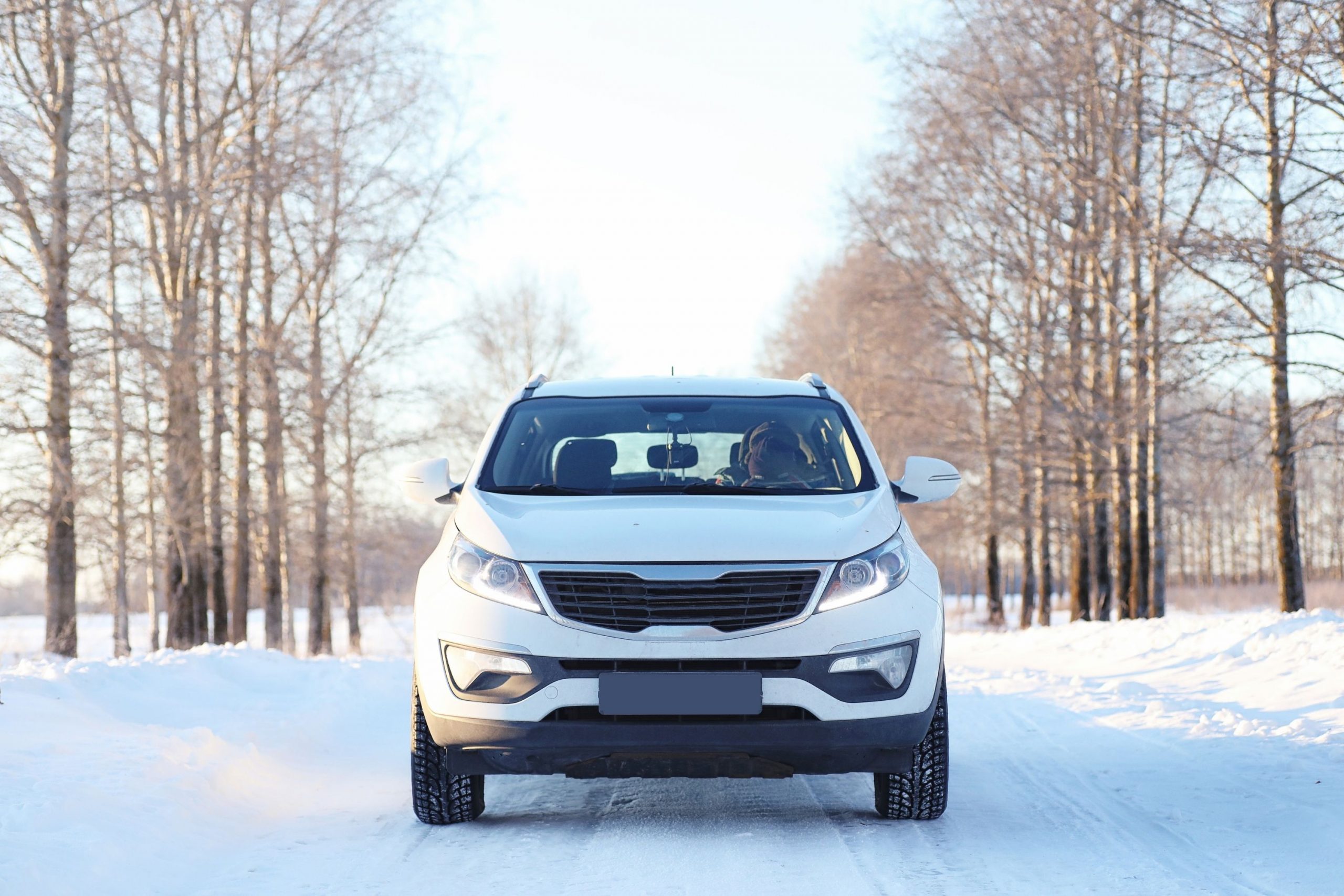Road trips – especially long ones – can be very fun. However, you should take some steps to ensure a safe and comfortable journey. Safe driving practices can help prevent a vehicle collision – which is common among drivers and has a devastating impact.
Damaging your car is repairable, but a car crash can also have serious financial consequences. And in many cases, it results in severe injuries – some even fatal.
Therefore, safety should be your number one priority when going on a road trip.
Driving carefully allows you to have a comfortable trip where you can enjoy a relaxing time away from life’s responsibilities. Read on to learn our top 7 tips on having a safe drive.
Plan ahead
Before going on a trip, it’s essential to do some planning beforehand. Before getting on the road, you should know where you’re going, as this ensures you’ll have a relaxing and enjoyable drive.
Therefore, make sure to plan your route, as well as the roads you’ll take. Google Maps is your best friend when it comes to road trips!
You should also consider where you will stop for fuel, resting spots, and food along the way. Also, don’t take a route before ensuring it is in good condition.
Check weather reports to learn what to expect on the way. Planning also includes ensuring your car is checked, fuelled, and ready to go.

Prepare your vehicle for the trip
Most driving tips are about your behavior when being on the road. However, your car’s condition isn’t something to ignore either, as it plays a critical role in your safety. Ensuring your car is fit is particularly essential if you plan a long road trip as they are more demanding. Consequently, you may push your vehicle to its performance limits.
Before heading out, there are some aspects you should check, such as:
- Whether the lights work;
- Whether there are any leaks;
- The tires’ condition;
- Any odd noises coming from the car;
- If the fluid levels are right.
To play it safe, it’s best to take your car to an expert, as they have the experience it takes to ensure your vehicle is ready for a long trip.
Get rest before you leave
Driving when feeling sleepy is hazardous. Drowsy drivers cause fatal car accidents yearly because their eyelids droop, and so do their abilities to react quickly and keep the vehicles in the adequate lane. You should sleep at least seven hours two days before the road trip. That way, you ensure your energy reserves are built-up, and you can stay focused while driving.
Also, it’s wise to start the trip in the morning when you’re well-rested rather than after a tiring work day. Lack of sleep isn’t the only factor that leads to drowsy driving – taking medication can also cause sleepiness.
Also, you should by no means consume alcohol the day before your road trip. Supposing you get tired along the way, it’s best to stop and take a break and get back on the road after resting for a little bit.

Avoid distractions
Not focusing on the road is one of the most common factors that lead to vehicle collisions. Paying full attention to the road is critical when you’re driving, and you should never multitask, as it can put your life at risk and the lives of fellow drivers.
Victims who are injured in vehicle collisions due to someone else’s negligence can claim compensation in the UK, and the last thing you want is to get involved in a complicated legal issue.
Therefore, make sure to stay entirely focused when you’re behind the wheel to prevent an accident. Usually, people don’t go on road trips alone, so if there are passengers in the car, you should lay some ground rules before starting the journey.
Talking shouldn’t pose any risks, but you should avoid things like jostling, shouting or other distracting activities.

Bring an emergency kit
Even if you drive safely, it’s always better to be prepared for unexpected situations.
This is generally a road safety tip that goes overlooked, but bringing an emergency kit with you is essential when going on a long trip.
You can subscribe to a roadside assistance plan to be able to find help if you end up in the middle of nowhere during an emergency.
Here’s what you should include in your emergency kit:
- Jumper cables;
- Spare clothes;
- Blankets;
- Water;
- First-aid kit;
- Tire-changing tools;
- Flashlight;
- High visibility cones.

Maintain an adequate distance from the vehicle in front of you
Another essential safety tip is to keep enough space between your car and the one ahead of you. This is known as the second rule, which involves slowing and counting to three to ensure there’s enough space behind the other driver. Doing this gives you time and space to react and avoid road hazards.
Besides the driver ahead of your car, you should also consider the other vehicles when creating space. Large trucks require a four-second rule, as they have serious blind spots behind them.
Similarly, you should switch to a six-second rule during bad weather conditions or other unsafe circumstances, such as when there’s ice on the road. Any condition that adds another risk requires extra time.
Comply with the speed limit
Some may not consider this common sense, and others may find it a tip you don’t always need to follow. However, speeding is dangerous even when it seems somewhat safe.
This is because the faster you drive, the longer it takes to slow or stop your car, and speeding decreases the time you need to react adequately to dangerous situations.
Many drivers believe going above the speed limit is acceptable to shave some minutes off the journey’s length.
But speeding can have devastating consequences and be deadly, so it’s always better to drive longer but safely instead of risking your life.

Final thoughts
Driving safely is by no means rocket science. And yet, many drivers overlook its importance when they get under the wheel. It’s always better to prevent an accident, so make sure to keep these tips in mind when you’re ready to plan for your next trip.
While road trips are meant to be fun, prioritizing safety should always come first.










